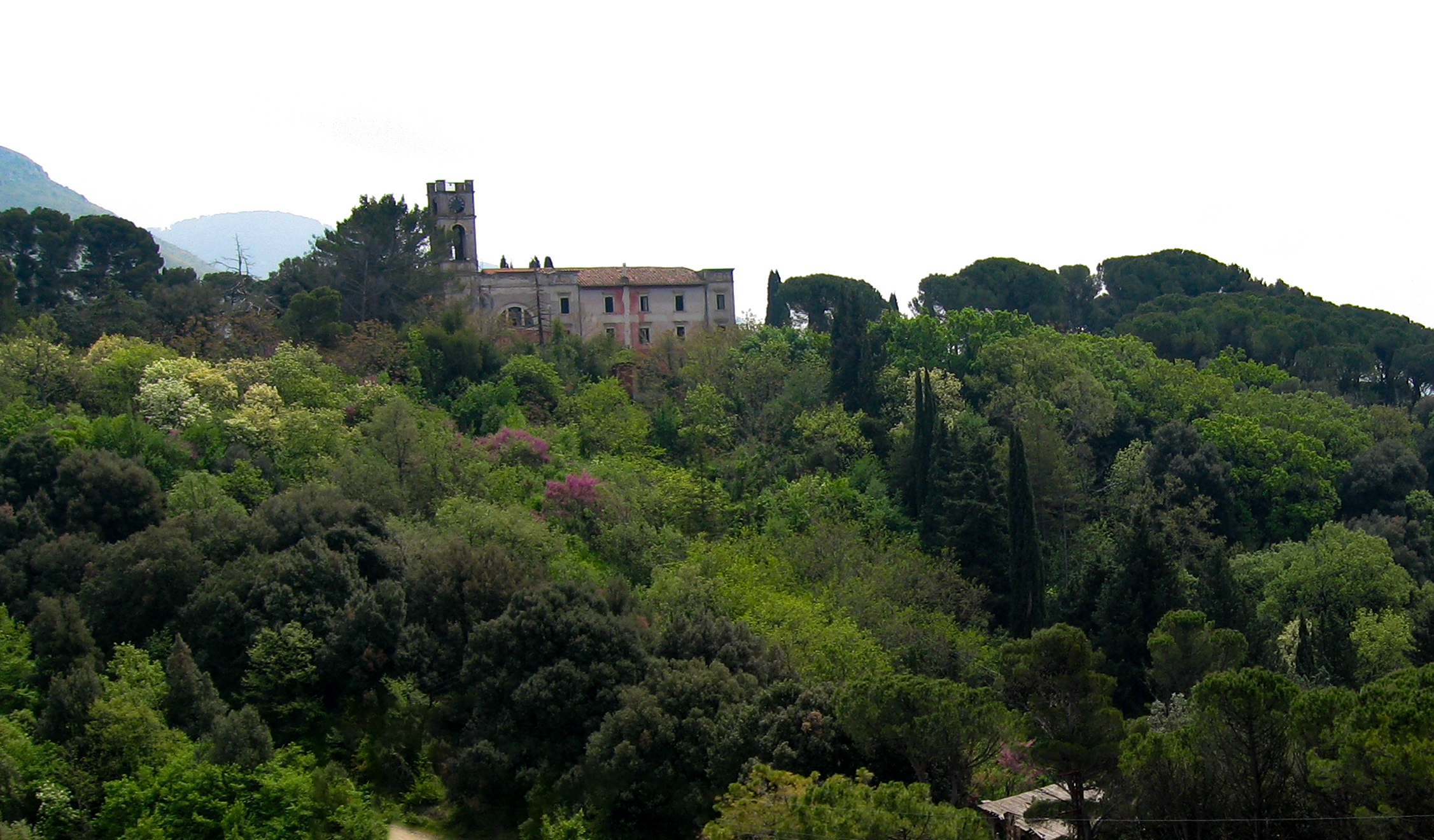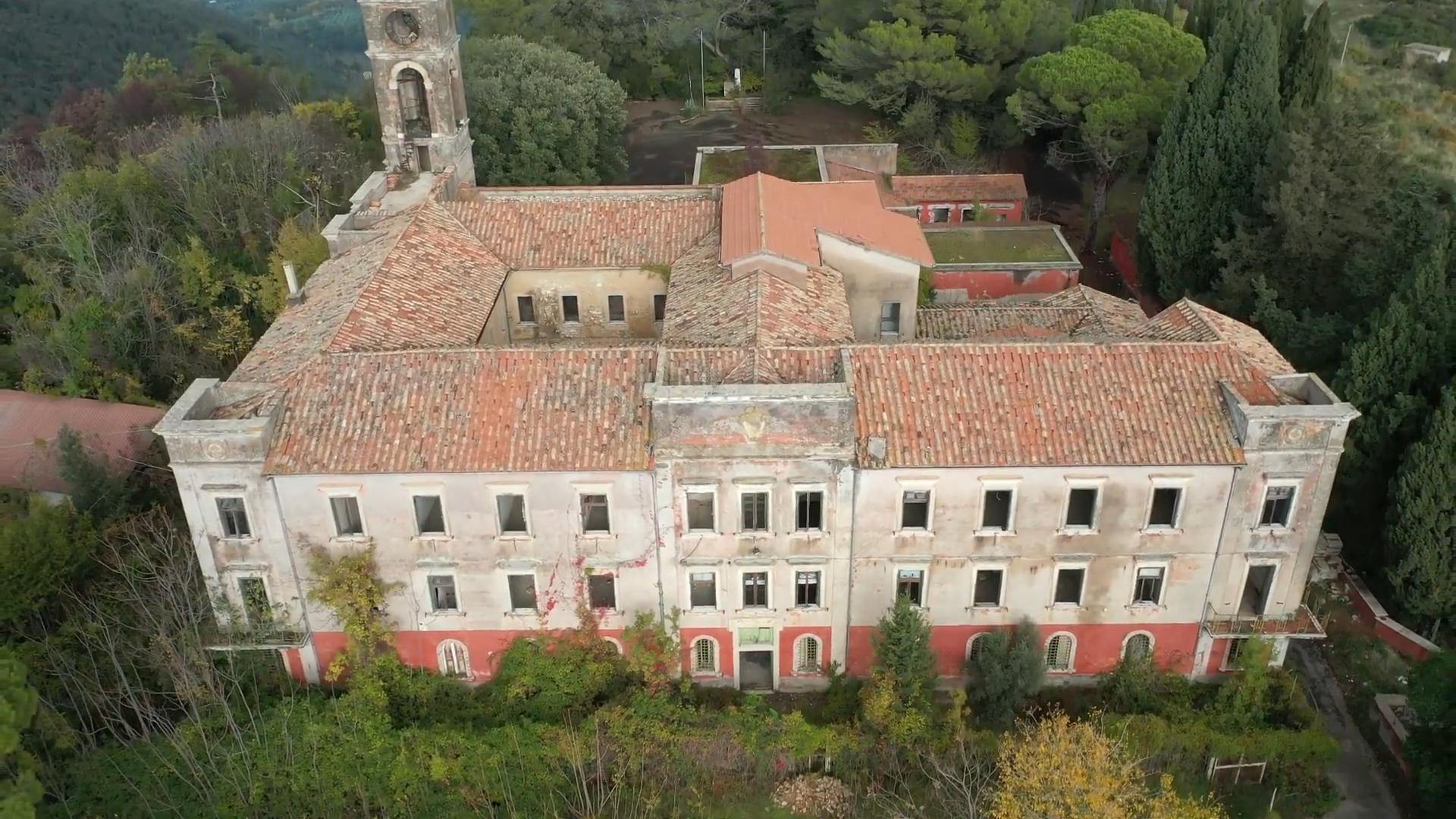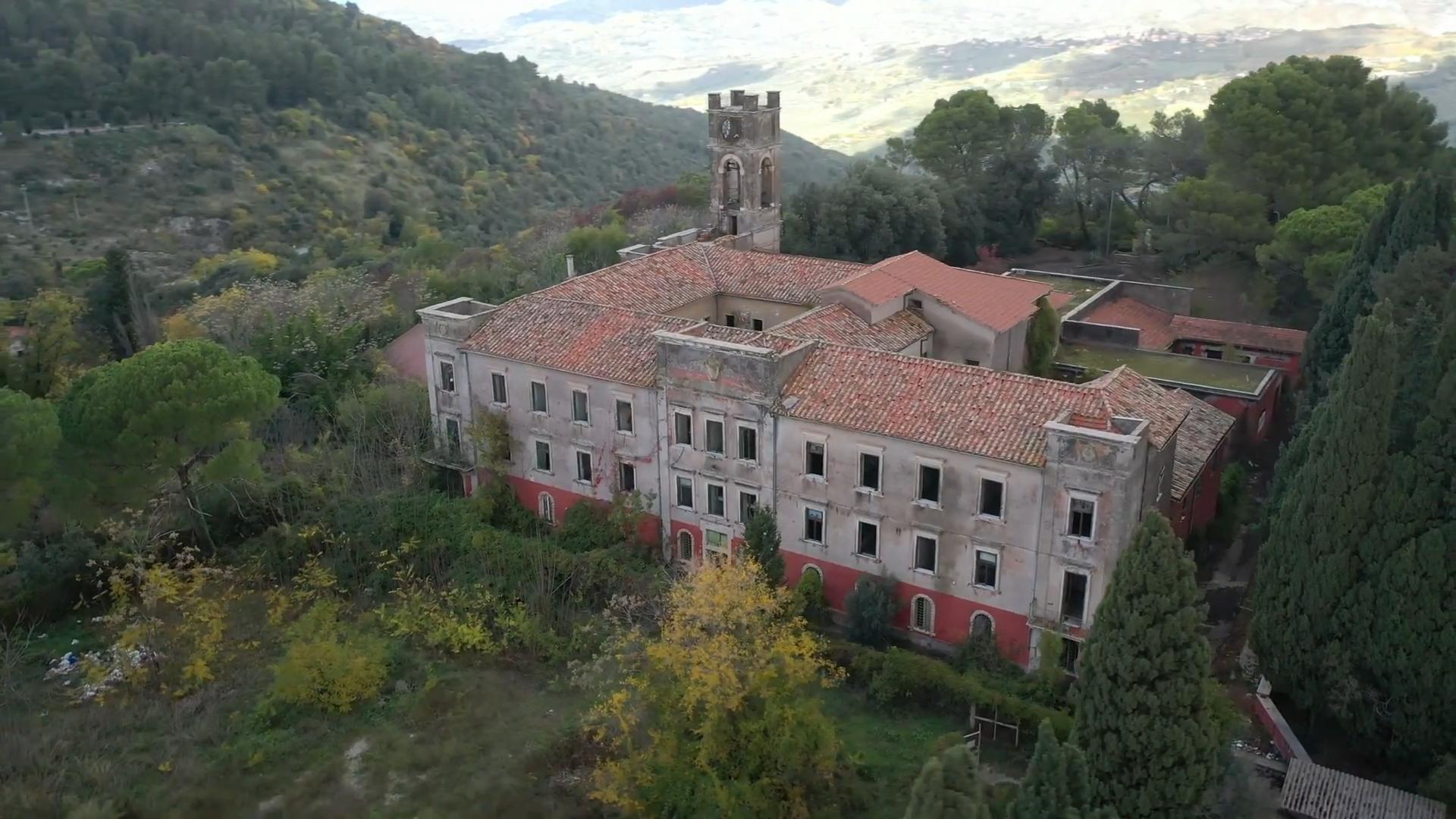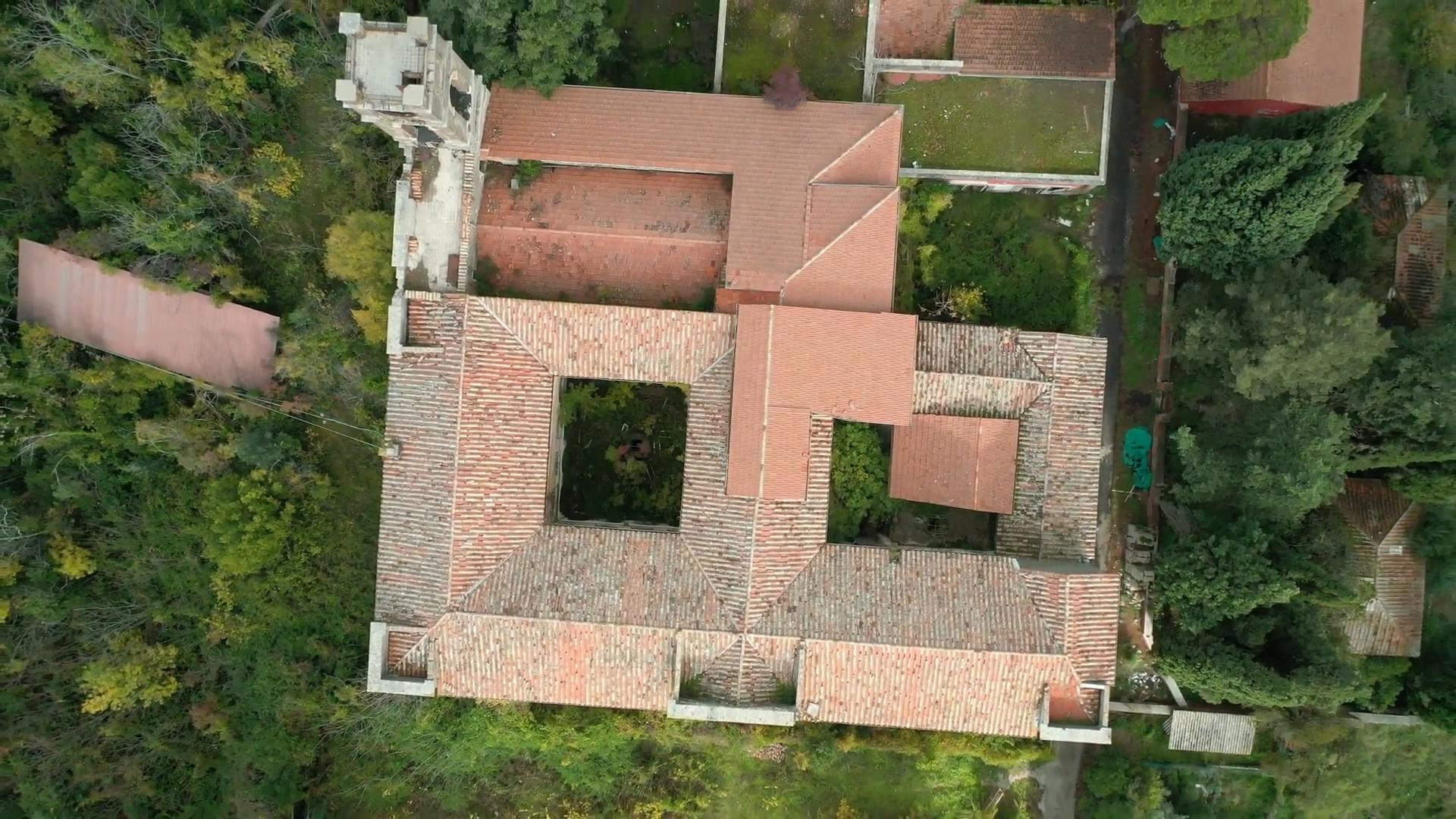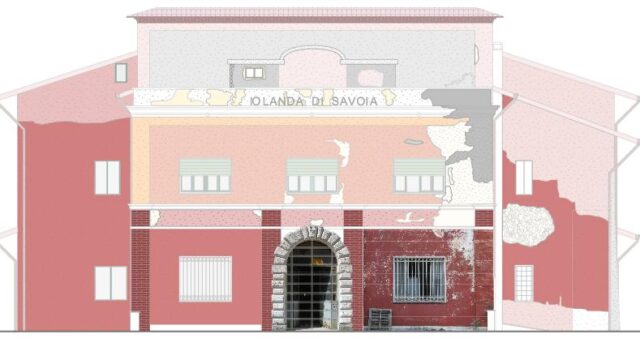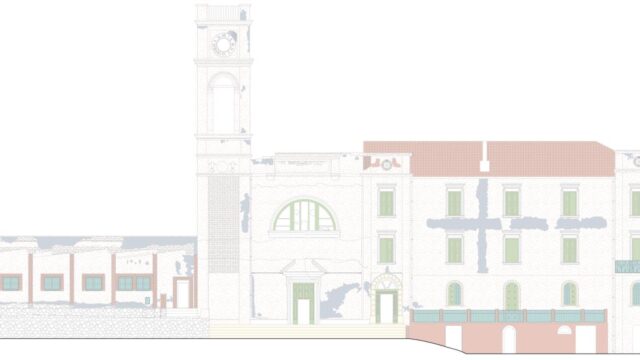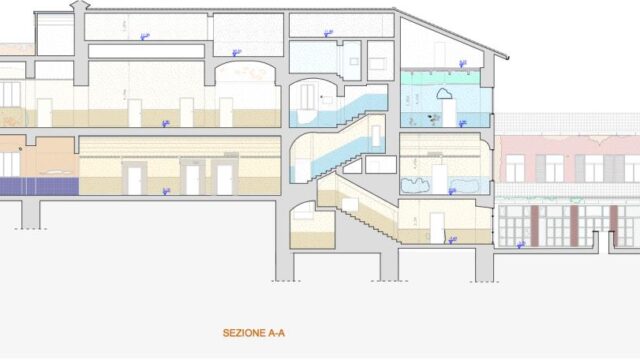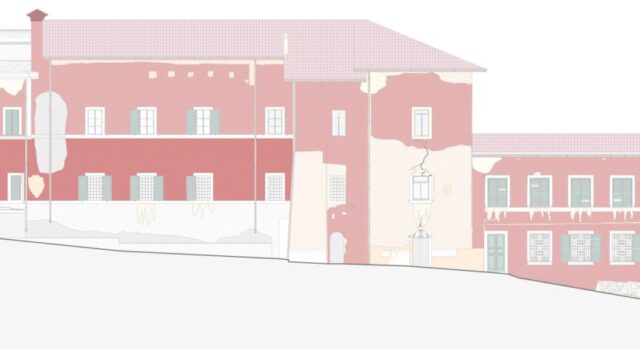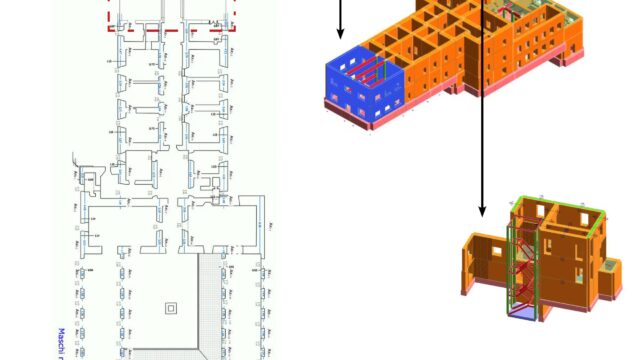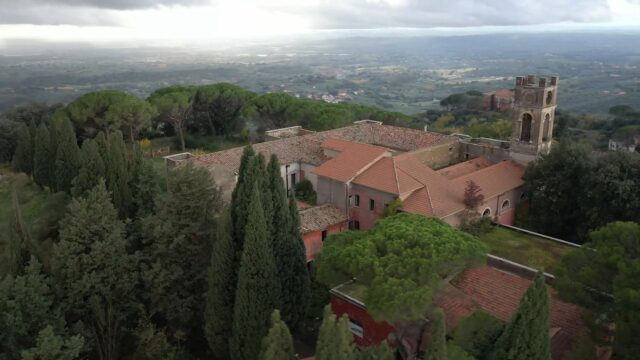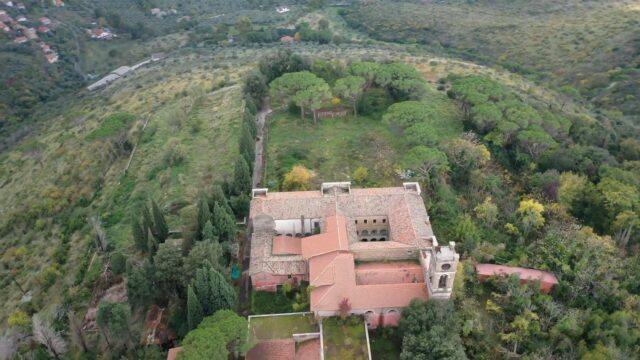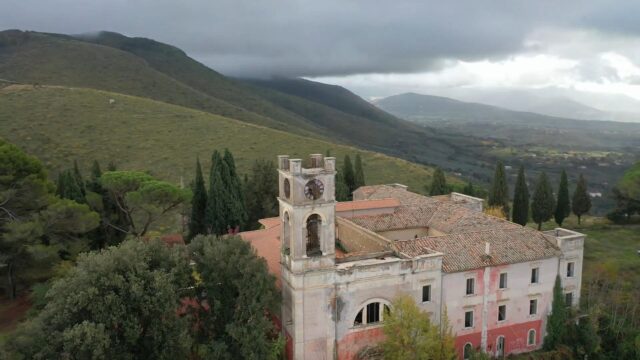HIGH SCHOOL OF PUBLIC ADMINISTRATION
FARA IN SABINA (RI)
The former Red Cross complex, comprising the Savoy and Maraini Villas in Fara in Sabina, has undergone significant restoration, renovation, and upgrades to its functional and systems, with the goal of converting it into a School of Public Administration. The project area, of significant environmental value, is located near the town of Fara in Sabina and the Special Protection Area (SPA) of the Elci and Grottone mountains. The complex, abandoned for several years, required renovation and seismic retrofitting. The former Red Cross complex, comprising the Savoy and Maraini Villas in Fara in Sabina, has undergone significant restoration, renovation, and upgrades to its functional and systems, with the goal of converting it into a School of Public Administration. The project area, of significant environmental value, is located near the town of Fara in Sabina and the Special Protection Area (SPA) of the Elci and Grottone mountains. The complex, which had been unused for several years, required renovation and seismic retrofitting.
Vulnerability Study Service
Location:
Fara in Sabina (RI)
Client:
Ministry of the Interior – Ex Ages
Surface
area
180,000m2
Restoration
Type
Design
Status
The works, begun for the Jubilee of 2000, primarily involved structural consolidation and the replacement of the roofs of the main buildings. The two main villas, Villa Savoia and Villa Maraini, are of particular historical and architectural interest, having been built on two 13th-century convents. Villa Maraini, in particular, stands on the ancient ruins of a Franciscan convent dating back to 1594, next to the remains of a church dedicated to San Biagio. The restoration project was conducted with great attention to preserving and enhancing the complex's historical and artistic features.
Structural consolidation, roofing renovation, restoration of decorative and artistic elements, and system upgrades were carried out. Specifically, restoration work was carried out on the wooden balustrades, the mural paintings in the lunettes and on the walls of the internal cloister, the clock on the bell tower of the building of worship, the decorated wooden furnishings, the internal and external wooden window and door frames, the stone elements, the roof trusses, and other decorative elements of the façade. To ensure the safety and usability of the complex, seismic improvement measures were carried out, including the consolidation of the masonry vaults and the insertion of new structural elements, such as stairwells independent of the pre-existing structure. Furthermore, a detailed analysis of the materials and structures was conducted, including surveys, laboratory tests, and static and seismic assessments.
Careful philological analysis and the application of innovative techniques, such as the use of resins and the stitch-and-unstitch technique, have allowed the architectural elements of the complex to be recomposed and enhanced, restoring them to their former splendor.
The restoration of the painted elements and stonework was a key aspect of the project. Frescoes, decorated plasterwork, stucco, decorated altars, and other decorative elements throughout the complex were recovered and enhanced. Detailed technical data sheets were compiled for each element to be restored, broken down by material category. A thorough analysis of the historical evolution of the two villas identified additions and structural intrusions, enabling a scientific restoration that respects the complex's originality. The project also included the installation of all the systems required for its new use as a School of Advanced Studies for Public Administration, including fire prevention, electrical, special systems, data systems, mechanical systems, and heating systems.
In conclusion, the restoration of the former Red Cross complex represented a significant effort to recover and enhance a valuable historical and artistic heritage. The project, conducted with scientific rigor and respecting the complex's original characteristics, has returned a place of great cultural interest to the community and ensured its accessibility for future generations. Its new use as a Higher School of Public Administration represents an opportunity for revitalization for the entire region, making a significant contribution to the training and cultural development of new generations of public administrators.


